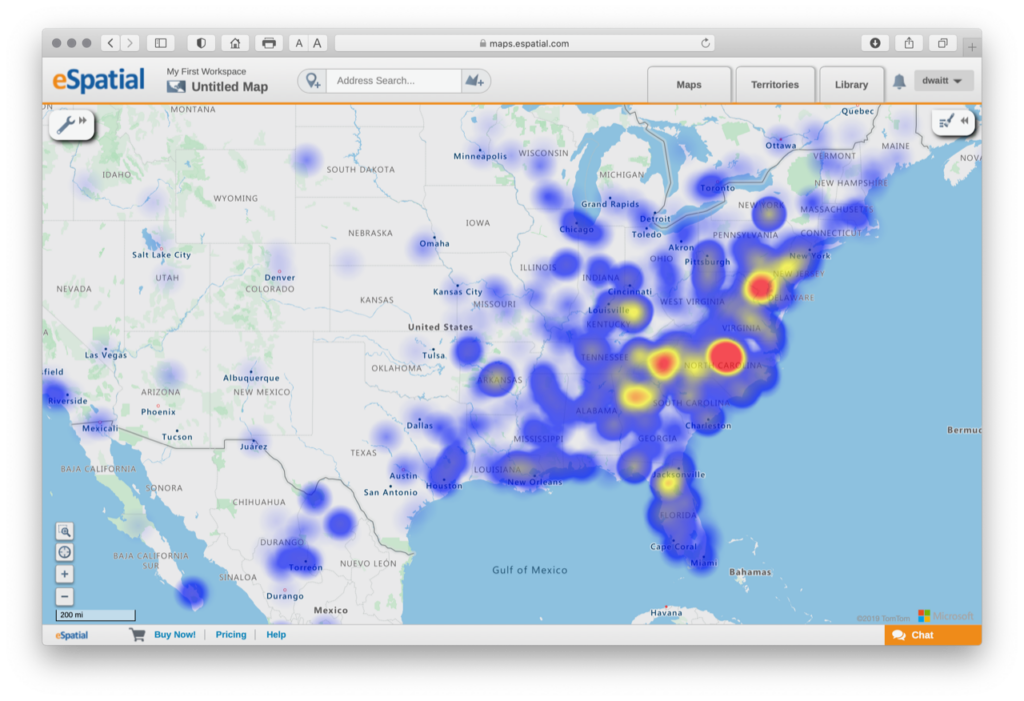The southeastern United States is home to incredible biodiversity, and new plants are discovered in this area every year. Plant lists for this region, or Flora, evolve and change, making the most recent edition vital for professionals working in conservation and natural resources management.
On the cutting edge of the research to identify plants and their ranges are herbaria. Herbaria are collections of dried plant specimens, often in row after row of metal cabinets, documenting the place and date each specimen was collected and by whom. This information is useful for discovering impacts of climate change, loss of plant species, and more.
And while, at its core, an herbarium is a collection of plant specimens, it is more important than ever to get the information out from the cabinets, beyond the walls, and into the hands of people who can use it. Researchers, ecologists, and others need to know what plants are found in their region, and if there is something new or something no longer found there. This is often done by consulting those lists of plants called Flora.
The newly released Flora of the Southeastern United States provides a key to identifying plants all the way from Pennsylvania to the eastern part of Texas and Oklahoma.
“A Flora is a creative compilation, based on the author’s own experience and study, but incorporating information from thousands of other sources, including amateurs and professionals, scientific papers, and specimens,” said Alan Weakley, director of the UNC Herbarium and creator of the Flora. “It’s what makes the undistilled information in thousands of journal articles actually applicable by naturalists, botanists, resource managers, farmers, foresters, and gardeners.”
Weakley is making all this academic information available in one document. And rather than a big, complicated list of plants, Weakley has formatted this publication to be user-friendly.
Weakley has created several Flora over the years, and they are often cited as the documents of record on plant identification in the Southeast. His Flora began by covering just the Carolinas, and regions were added steadily to cover more of the southeastern United States, resulting in the present version that covers the entire region plus some areas along the border.
“What I find most exciting about this project is to provide a tool to help people appreciate, understand, explore, and conserve the amazing biological diversity of the southeastern United States, and to keep learning,” said Weakley.
Users of the Flora are eager to use this new version.
“For more than 30 years I have relied on Flora produced by Alan Weakley to get up–to–date information on the plants of our area,” said Tom Govus, a botanist/vegetation ecologist who works with the National Park Service, US Forest Service, the Nature Conservancy, and NatureServe. “I am always excited to get the newest version of the Flora because all the updated information on nomenclature, distributions, and synonyms. Alan’s Flora is what keeps me up–to–date with the latest understanding of the vegetation of the Southeast.”
Govus especially appreciates that it includes 10,000 species, magnificent keys, excellent and easily–comprehended range maps, and a detailed accounting of synonyms of all species.
This new Flora is available as a 2,000-page PDF. This document took years of research, yet it is offered for free to make it more accessible to those who need it. Flora of specific states and regions are also available. Download the Flora >
Since its release in October, over 3,000 people have downloaded the Flora. While most downloaded the document in the southeastern United States, it has been downloaded around the world.
Meanwhile, Weakley continues to describe new species and clarify the taxonomy of the Southeastern Flora. An app version is in the works, and well as Floras and Floristic Guides for Delaware, Georgia, Arkansas, and the National Parks of the Cumberlands.
